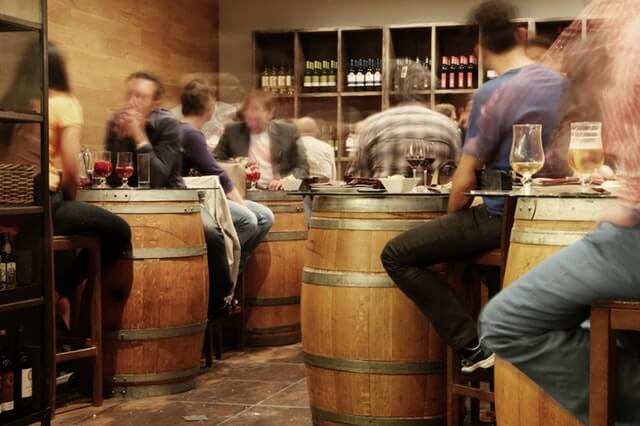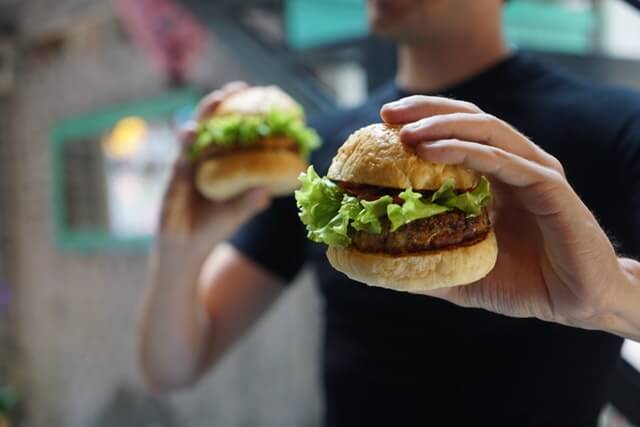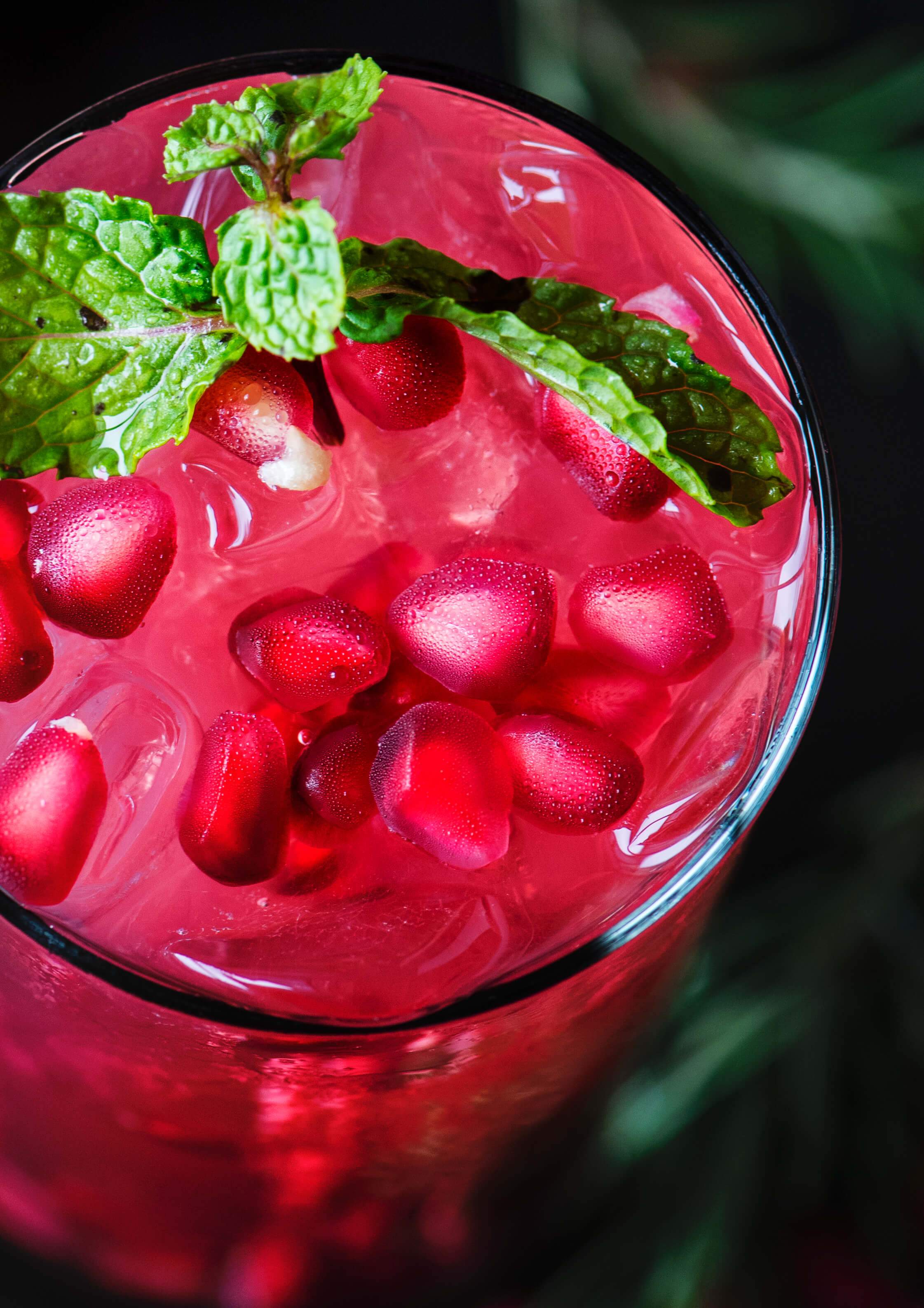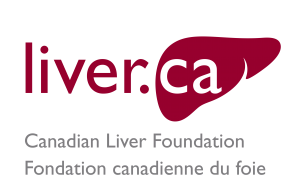A Sensible Guide for Sips

A Sensible Guide for Sips
It may start with a long weekend get together, a family reunion, barbeques and cottages in the summer—all of which are great reasons to celebrate while being mindful about your alcohol consumption. These facts and tips will make sure you stay informed and prepared for your next get together!
Disclaimer: As far as your liver is concerned, no alcohol is the safest amount of alcohol. If you have liver disease, are taking medication, are pregnant or nursing, we strongly advise that you do not consume any alcohol.
Ditch the binging
Drinking alcohol in succession (four or more drinks at one time) can be harmful to your liver. Trying to keep up ‘drink for drink’ with someone is unsafe, as alcohol is absorbed differently based on your age, gender, weight and genetics.

Moderation is key
For those who do choose to drink, the CLF supports Canada’s Low-Risk Alcohol Drinking guidelines, where the maximum is 10 drinks a week for women (max. 2 daily) and 15 drinks a week for men (max. 3 daily). Women absorb more alcohol than men and therefore are more susceptible to alcoholic liver disease, even if they consume less alcohol.
As a guide, one ‘drink’ is equivalent to:
- 12 oz. (341 ml) of beer
- 5 oz. (142 ml) of wine
- 3 oz. (86 ml) of sherry or port
- 1.5 oz. (43 ml) of spirits
Each of the above has the same effect on the liver when taken alone or diluted.
Alcohol content matters most
One of the great debates amongst alcohol drinkers is ‘which type of alcoholic beverage will do the least amount of damage to the liver?’ The answer is simple; the amount of alcohol in a beverage matters much more than the type of beverage itself.
Of course, it would also be wise to stay away from syrupy premixed drinks, as sugar is a major contributor to harming your liver.
Fatty foods do not ‘soak’ up alcohol

Eating an abundance of fatty food before, during or after drinking alcohol makes your liver work harder and can potentially cause more damage. Fat, sugar and alcohol are all broken down by the liver. Fatty foods alone without the presence of alcohol can do much damage to the liver, a diet that is high in fat and sugar can lead to non-alcoholic fatty liver disease (NAFLD).
This a condition affecting 7 million Canadians from adults to children and is one of the biggest culprits as to why 1 in 4 Canadians may be affected by liver disease. The next time a food craving hits after consuming alcohol, you’re best off eating a light meal balanced with protein, healthy carbohydrates and healthy fats.
Party without the juice
Why drink your calories away in alcohol and sugar when there are tons of free and delicious recipes for non-alcoholic beverages online that offer a different kind of treat? Take a look at this quick and refreshing sparkling pomegranate grape punch!
Sparkling pomegranate grape punch (serves 8)

Ingredients:
- 1 1/2 cup chilled pomegranate juice (no sugar added)
- 4 cups chilled sparkling water (club soda or mineral water)
- 1 1/2 cup white grape juice (preferably no sugar added)
- Fresh mint and lime for garnish
- 4 cups of ice
Preparation:
- Place the ice in a pitcher or bowl
- Add pomegranate juice and white grape juice and stir well
- Slowly add sparkling water
- Garnish with lime slices, mint sprigs and serve
Think about the long-term
If your social stint is coming to an end, it’s fairly common to decide to stay away from alcohol for a while. Though this certainly is helpful, you should know that abstaining from alcohol for a month is not the entire solution.
Establishing a lifestyle that consists of a balanced diet, exercise routine and knowledge surrounding other risks will propel you further on your way to living a liver healthy life. Your liver performs over 500 functions vital to life, it’s important you do what you can to maintain its good health all year long!


